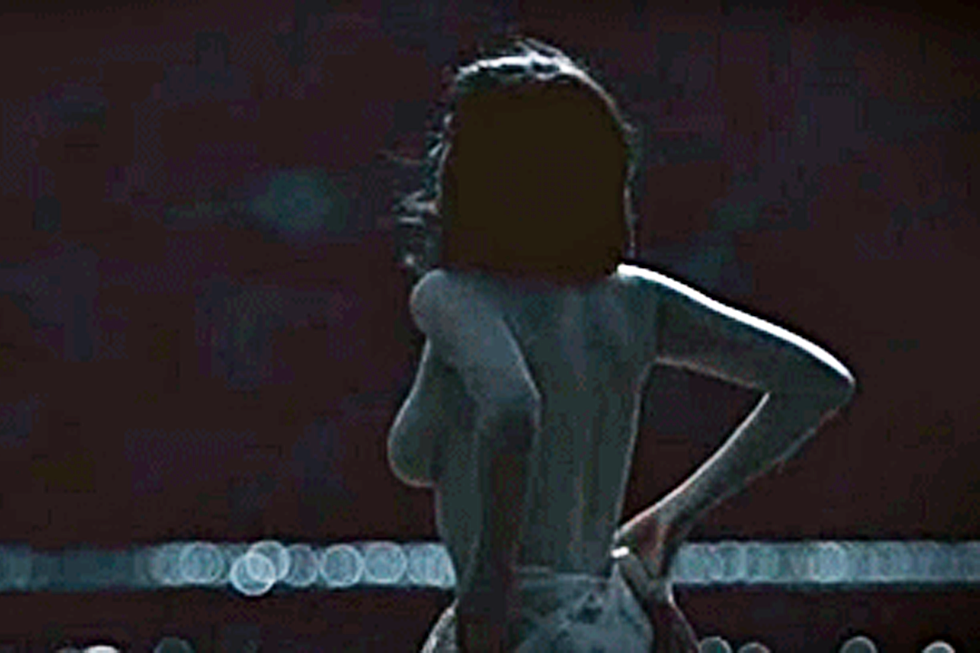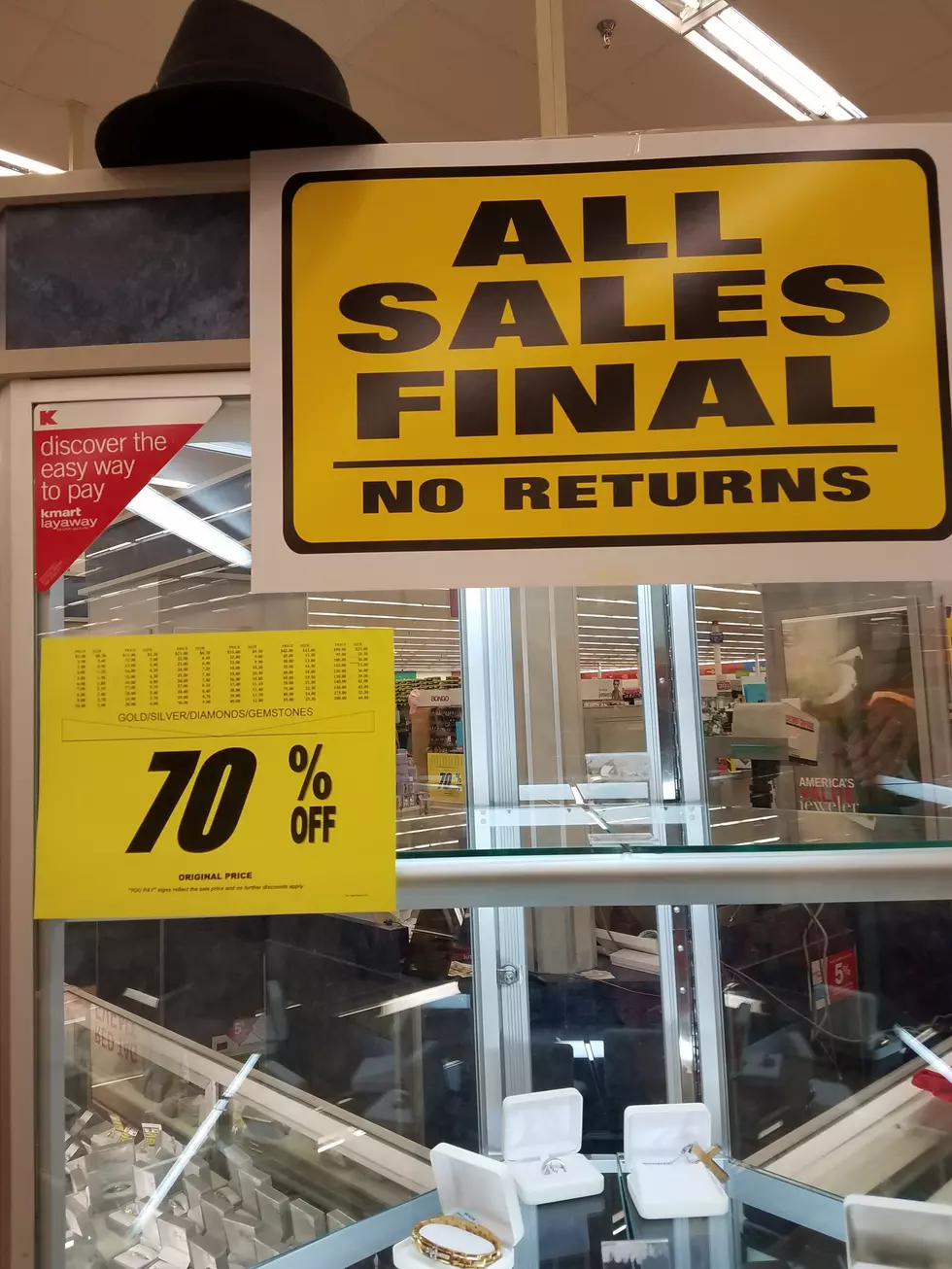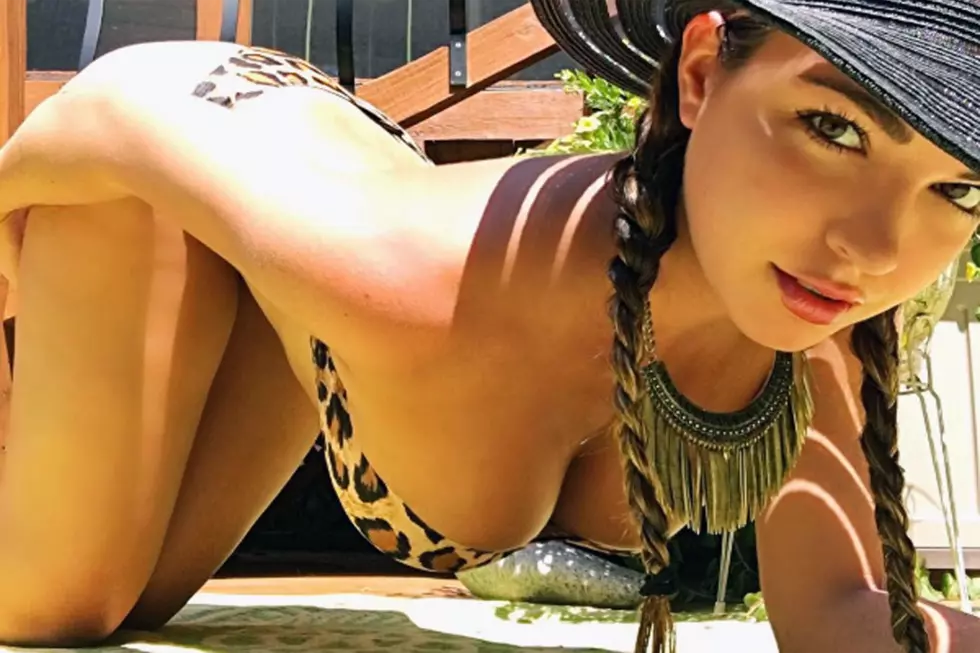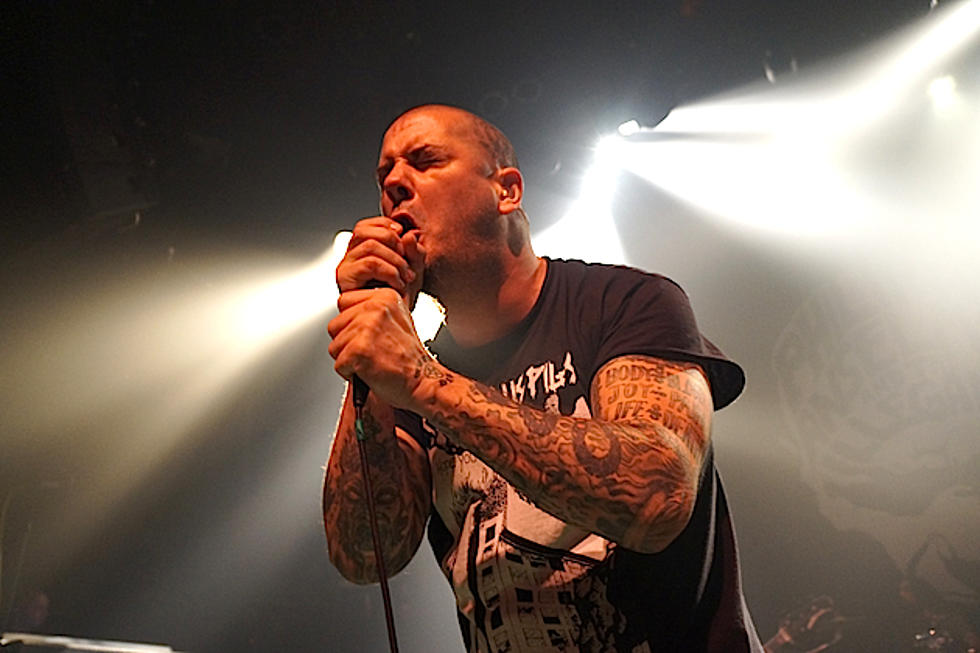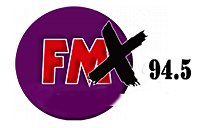
37 Years Ago: Motley Crue Release ‘Shout at the Devil’
Even for ‘80s music fans who grew to loathe glam and overly slick commercial metal, Mötley Crüe’s first two albums, 1980’s Too Fast For Love, and 1983’s Shout at the Devil often got a free pass. The L.A. rockers wrote both when they were still hungry and striving for success and there was more aggression in their sound back then than there was by the time they were playing major arenas on the Theater of Pain tour.
For rebellious youth, Shout at the Devil, which came out Sept. 26, 1983, had all the ingredients of a deviant misadventure. The Crüe weren’t as entrenched in metal as Judas Priest or Iron Maiden, but they were flirting with evil, as evidenced by the pentagram on the initial pressing of the album and they were still in their Road Warrior with black eyeliner attire, which was pretty bad-ass for its time, giving them more credibility than other Sunset Strippers who actually looked like chicks.
While the band had self-released Too Fast For Love on their own label, Leathür Records, and secured distribution through Greenworld with future Guns N’ Roses Manager Alan Niven, they piqued the interests of Elektra pretty swiftly and were signed in the spring of 1982.
As such, Mötley had an actual budget for the record and was able to secure Tom Werman to produce Shout at the Devil. Werman had previously worked for Ted Nugent, Cheap Trick and Blue Öyster Cult and knew how to make rock and roll bands sound supersized. Using compositions from bassist Nikki Sixx, including the controversial, devil-horns-raiser “Shout at the Devil,” the razor-edged, infectious “Looks That Kill” and the more radio-oriented “Too Young to Fall in Love,” Werman gave Mötley Crüe a sound as strong as their image.
“Some people said we were Satanic and angry,” vocalist Vince Neil told me in 2010. “We always thought that was funny, but we were like, ‘Hey, if it gets us attention let’s go with that.’ We were so starved for stardom that we were willing to do whatever it took. But there was no anger at all. We were just having fun.”
Motley Crue, "Looks That Kill" Music Video
At the same time as the Crüe were drinking excessively, doing tons of blow and having as much sex as possible, Elektra decided to portray them as a rock 'n' roll timebomb, and proudly announced to the press when the band was arrested in Edmonton International Airport for wearing their spiked stage gear while walking through customs. Another time, Neil tried to board with a suitcase full of porn.
“That was no big deal, but the record people sure wanted to make it look like something crazy had happened,” Neil said. “The chains were part of what I was wearing onstage and as for the porn, I had a couple magazines they found and took away. That was it. But the thing is they you didn’t really have to look very hard to find something outrageous to say about us because most of it was true.”
Mötley Crüe entered Cherokee Studios in Hollywood, Calif., in April 1983 to start working on Shout at the Devil and initially had little idea what to do in a professional recording environment. Werman guided them through the process, explaining how there was no need for everyone to record their parts at the same time and that even after everyone was done recording they could go back and edit over what they had done and fix mistakes.
As focused on partying as they were, it didn’t take the band long to grasp the concept and everyone wanted the record to be as good as possible. In the end, Shout at the Devil was a wicked little album. And partway through the recording process, the band decided to ratchet up the evil by including a gangbusters cover of The Beatles “Helter Skelter."
Motley Crue, "Helter Skelter" (The Beatles Cover)
Contributing to the pre-release hype was the concert extravaganza The Us Festival, the last day of which featured a balls-out metal lineup co-headlined May 29 by Van Halen and Scorpions. “We were just kids. Shout at the Devil hadn’t come out yet and all of a sudden there were 300,000 people there screaming,” Neil recalls. “It was like we went from playing clubs to doing something majorily big. We were on the same bill as Van Halen, Scorpions, Ozzy, and Judas Priest; that really blew us away.”
Mötley Crüe finished up Shout at the Devil in July 1983. It didn’t take long for disgruntled teens to connect with the release, which sold 200,000 copies in two weeks and reached as high as No. 17 on the Billboard album chart. Shout at the Devil went gold in January, 1984 and was platinum less than a month later. By January, 1985 it was double platinum. And in May 1997, it went quadruple platinum.
Motley Crue, Live at the US Festival (1983)
“I can’t say I think it’s the best album we ever put out,” Neil says. “But it was definitely a record for its time. When we finished it, we were all really proud of what we had done and I think the songs had stood the test of time, which pretty much says it all.”
Mötley Crüe reissued Shout at the Devil in 2003 with five bonus tracks, including the previously unreleased “I Will Survive.” The other four cuts were demos of album tracks.
Loudwire contributor Jon Wiederhorn is the author of Raising Hell: Backstage Tales From the Lives of Metal Legends, co-author of Louder Than Hell: The Definitive Oral History of Metal, as well as the co-author of Scott Ian’s autobiography, I’m the Man: The Story of That Guy From Anthrax, and Al Jourgensen’s autobiography, Ministry: The Lost Gospels According to Al Jourgensen and the Agnostic Front book My Riot! Grit, Guts and Glory.
Motley Crue Albums Ranked
More From KFMX FM



